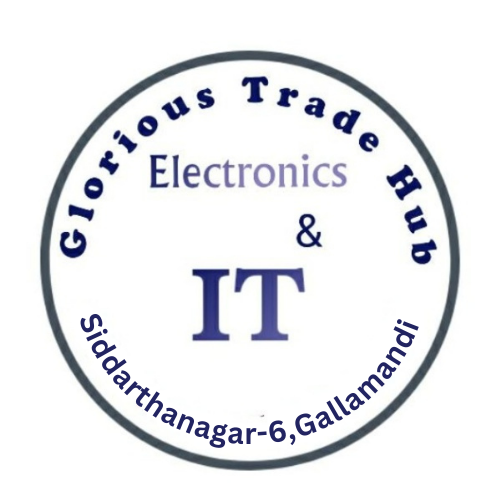The Mems Microphones Industry is revolutionizing modern audio solutions by providing compact, high-performance sound detection components for a wide range of applications. MEMS (Micro-Electro-Mechanical Systems) microphones are miniature microphones that combine precision engineering with advanced electronics to deliver clear and accurate sound. They are integral to sensor-based audio systems, mobile device mics, and other tiny microphone technology used in consumer electronics, healthcare devices, and smart environments.
The Mems Microphones Industry is expanding rapidly as demand grows for high-fidelity audio in smaller form factors. These microphones are increasingly embedded in wearable devices, smartphones, and voice-activated assistants, enabling seamless interaction with smart technologies. Related markets, such as the Smart Wellness Market, leverage MEMS microphones for health monitoring and personal wellness devices, while the China Smart City Market relies on them for environmental sensing and smart urban applications.
Key Advantages of MEMS Microphones
-
Miniature Microphone Design – Compact size suitable for mobile and wearable devices.
-
MEMS Audio Technology – High precision and low power consumption for accurate sound detection.
-
Mobile Device Mic Integration – Embedded in smartphones, tablets, and laptops for clear communication.
-
Sensor-Based Audio – Supports smart devices and IoT applications for voice and environmental sensing.
-
Tiny Microphone Technology – Ideal for applications requiring minimal space without compromising performance.
With continuous innovation, MEMS microphones are improving sensitivity, noise reduction, and signal-to-noise ratio, making them essential in emerging technologies that require compact and reliable audio components. Their versatility and efficiency position the Mems Microphones Industry for sustained growth in consumer electronics, healthcare, and smart city implementations.
FAQs
Q1: What are MEMS microphones used for?
MEMS microphones are used in smartphones, wearables, smart assistants, healthcare devices, and environmental sensing applications for precise audio detection.
Q2: How do MEMS microphones differ from traditional microphones?
They are significantly smaller, more energy-efficient, and capable of integrating with modern electronic systems without compromising audio quality.
Q3: Which industries are driving the growth of MEMS microphones?
Consumer electronics, smart wellness devices, smart cities, automotive, and IoT-based applications are key drivers of MEMS microphone adoption.


